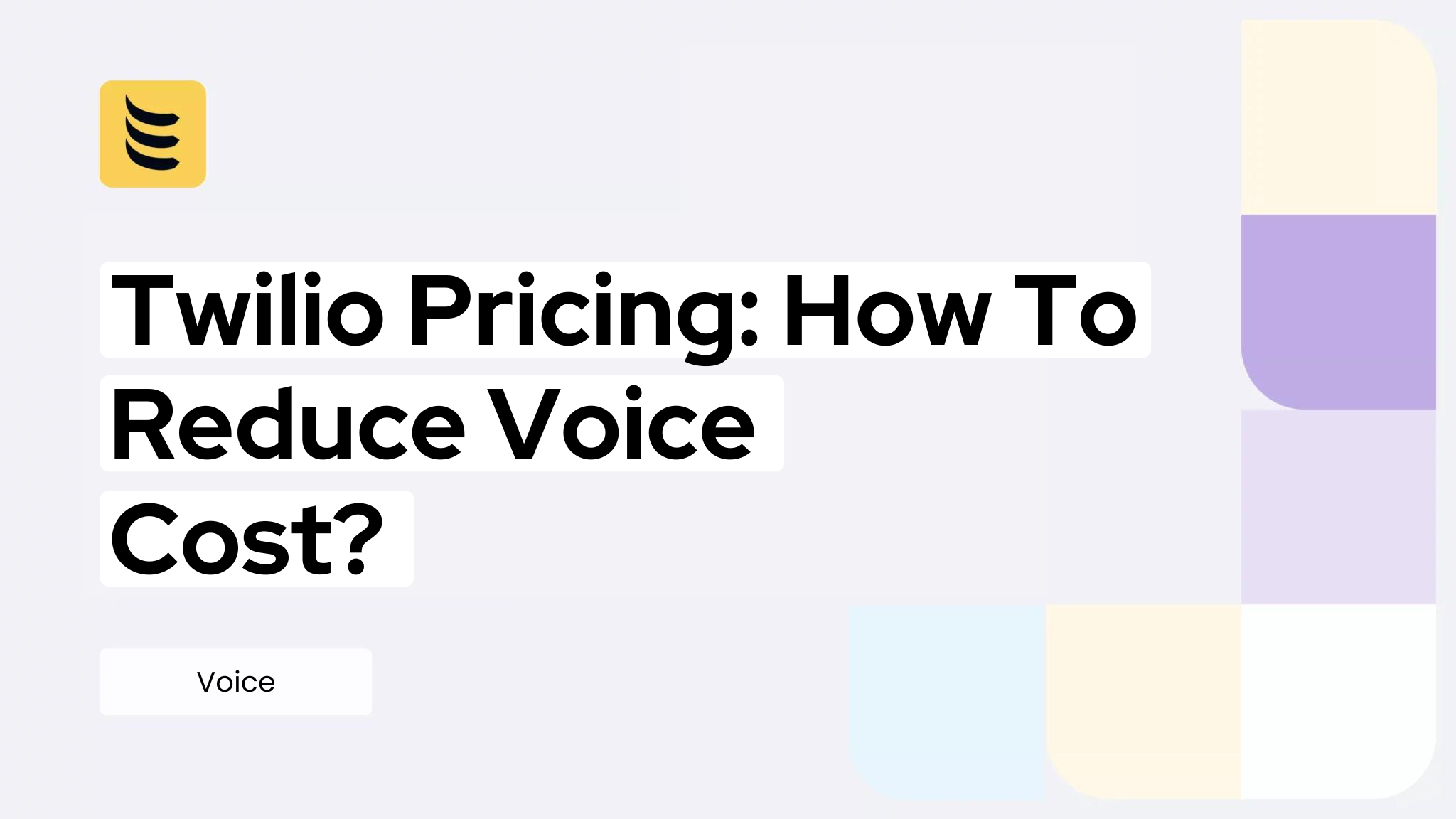Why Future-Proofing Is Necessary
When planning for the future, business leaders need to take a number of factors into consideration, including the make-up of their workforce, the aspirations of the enterprise and where the organization hopes to be in the next few years, and the technology, infrastructure, and resources that will be needed to get them there.

In the technology sphere, many businesses today are shying away from the conventional model of on-premises data centers and communications infrastructure, with its attendant costs in acquisition, maintenance, and management. They are turning instead to cloud deployments, and passing the infrastructure provision and management overheads to external providers.
Here too, there is a need to think about the future, and how technology investments and infrastructure will perform in the coming years. Grand View Research expects the Unified Communications (UC) market to grow by more than 20% annually through 2028, with cloud-based solutions driving much of that growth. However, in an economic atmosphere currently characterized by rising prices, volatile markets, and disruption, organizations need to be flexible and agile, in order to keep pace with developments and maintain a competitive edge. This requires organizations to be able to use the power of the cloud to scale rapidly and adopt new technologies and techniques — both in their operational and communications setups.
Going further, information sharing and communications are critical for survival in the digital economy. Today’s consumers expect 24/7 access to data and services — and they expect the services they get to be delivered in a timely fashion that also offers a unique and personalized experience. A 2019 study by Mitel revealed that businesses lose an average of $11,000 per employee per year, due to ineffective or inadequate communication. This requires businesses to step up their game, in terms of the type and quality of communications interactions that they have with their customers, and with the suppliers and partners who play a role in keeping those customers satisfied. With evolving markets and changing customer behaviors, it’s therefore important to future-proof your cloud communication strategy.
Best Practices and Tips for Future-Proofing
For cloud deployment in business in general, there are a number of strategic approaches that can help to safeguard the organization as it looks to the future. One of the simplest is to roll out feature enhancements and upgrades in a limited fashion, rather than going all out to replace entire systems at a single stroke. By taking an incremental approach, it’s easier to monitor the effect of changes and roll them back if necessary.

Another simple tactic with widely beneficial effects is to train your staff in how to use the cloud platform and then give them the go-ahead to use a self-service approach in making operational tweaks such as installing security and feature upgrades or scaling their use of resources. This can lessen the burden on your IT team and encourage workers to optimize their workflows without having to go through lengthy approval processes.
Management can use the global reach and accessibility of the cloud itself to expand its search for new markets and talent. Cloud-based collaboration and communications tools in turn make it easier for skilled labor in far-flung locations to connect with the enterprise.
For communications, in particular, future-proofing strategies need to concentrate on how collaboration tools are currently being used in the enterprise, how these usage patterns may change over time, and what infrastructure setup is best suited for supporting this usage.
Organizations deploying cloud-based connectivity solutions with many moving parts, such as Unified Communications as a Service (UCaaS) for example, may prefer to deploy some or all of their infrastructure on-site, where they can take direct responsibility for the platform. With a private cloud (infrastructure fully on-premises), the main concern is whether the organization’s in-house IT team is up to the challenge of management and future planning. With a fully public or hybrid setup (some on-site, some remotely hosted), the ability of the service provider to support the deployment becomes the critical consideration.
Planning for the future also requires an understanding of how your workforce operates, the tools they need to effectively communicate and collaborate, and their preferences for using these available tools. This understanding enables you to make strategic choices in regards to the type of communications platform that best aligns with your organization’s needs.
Using the cloud-based Communications Platform as a Service (CPaaS) model that fuels systems like Twilio Programmable Voice, organizations gain access to Application Programming Interfaces (APIs). A 2020 study by Apigee reveals that 56% of IT decision-makers view APIs as assets that help organizations build better digital experiences and products. There are cloud communications APIs that allow mobile voice and messaging functions to integrate with key business applications such as Customer Relationship Management (CRM), Enterprise Resource Planning (ERP), marketing automation, and supply chain management. Other APIs enable integration with workflow management and compliance systems. This gives IT administrators greater visibility and control over enterprise communications.
Proactive steps to encourage adoption of the new technology are also important. These may include specific training in how to use various tools and applications, and educating workers on the benefits of using a cloud communications platform.
Adoption of your cloud strategy can also be encouraged by making it easier for workers to incorporate communications features into applications and systems that they are already familiar with. This is where a solution like Twilio Programmable Voice can prove its value.
What Is Twilio Programmable Voice?
Twilio Programmable Voice is an Application Programming Interface (API) that you can use to create applications that provide a voice communications experience for your customers, suppliers, and partners. The platform offers documents, code samples, helper libraries, and developer tools to enable businesses to quickly make and receive voice calls in their applications.

[Image source: twilio.com]
With Twilio’s global conferencing support, users can add multi-party calling experiences, global dial-in support, and support for up to 250 participants – with PCI and HIPAA compliance built-in for user privacy.
Twilio Programmable Voice offers a scalable Interactive Voice Response (IVR) system which can respond to customer commands and use text-to-speech in hundreds of languages to increase customer engagement. The Twilio Voice SDK (Software Development Kit) enables businesses to quickly build scalable, WebRTC-powered voice applications with uniform performance across all web browsers and internet-capable devices.
How Twilio Programmable Voice Plays a Role In Future-Proofing
As organizations expand, they can build, deploy, operate, and manage communication apps at scale using Twilio Runtime. This is a fully managed suite of developer tools, and an elastic server less runtime environment.
For system monitoring, Twilio’s Voice Insights provides analytics for the apps that you create, looking out for performance issues like surface jitter and latency. This analytics feature also monitors the carrier and hang-up data you need to improve your service.
Deploying voice in apps expands the reach of business organizations, providing critical access to enterprise resources for remote workers, on mobile, etc. The scalability, flexibility, and agility of cloud-based communications apps provide a hedge against unpredicted and changeable conditions. In addition, the redundancy/failover capacity provided by cloud-hosted infrastructure and APIs safeguards the integrity of communications apps in the face of network or power outages – which has positive implications for business continuity.
The Voice API’s stable, high-quality connections are supported by the Twilio Super Network, which has access to indefinite scaling, private connections to the cloud, and global carriers. Crucially, you can use Twilio with your current VoIP system, debug call issues, find the right data, and queue and modify calls, in a Bring Your Own Carrier (BYOC) scenario.
Programmable Voice allows you to build a completely custom voice platform from the ground up, or add a voice option to your web interface. Programmable IVR (Interactive Voice Response) enables businesses to build a self-service flow for customers using AI-powered voice assistants, natural language understanding (NLU), omnichannel, and other features, so consumers can gain access to the information and assistance they need, regardless of whether anyone is in the office.
How BYOC (Bring Your Own Carrier) Comes into the Picture
Off-the-shelf cloud telephony solutions may not offer the flexibility that businesses require for their connectivity needs. Bring Your Own Carrier or BYOC lets businesses select the cloud platform that best fulfills their needs, while supporting it with a reputable and trusted communications carrier with which they are already familiar. This allows organizations to build highly customized communications solutions, uniquely tailored to their needs.
By enabling organizations to leverage the capabilities of a global carrier, BYOC simplifies the management and control of cloud communications, making capacity easier to scale as required. If the carrier has a global footprint, technical agreements and compliance across markets will already be taken care of – and the technical support network will be worldwide and 24/7.
For future-proofing, BYOC adds the elements of superior voice quality, scalability, carrier reliability, redundancy for business continuity, coverage, and control to an organization’s overall telephony. Twilio facilitates BYOC on its platform through “Twilio Programmable Voice” – thereby allowing its clients to bring voice carriers of their own choice.
BYOC for Twilio – Carrier Grade Voice for the Cloud
Twilio BYOC trunking lets you Bring Your Own Carrier and add it as part of your communication setup while unlocking the agility, scalability, and global reach Twilio is known for.
With customized routing options to meet your requirements, including national termination in 100+ countries globally, you can let IDT handle the routing for your voice calls while you use Twilio to power your customer communications. Add IDT’s platinum grade Tier 1 voice quality to your Twilio calls – IDT’s fully redundant secure private network ensures seamless connectivity and maximum uptime.
Built for all kinds of telecom use cases, IDT BYOC for Twilio is ready for when you want to “raise the volume”! Route your Twilio calls with confidence through one of the world’s largest direct telecommunications networks that is trusted by all major telcos. Control your call routing and phone numbers for cost, coverage, or compliance — and extend your reach to multiple markets. Improve call routing & lower costs on the Twilio programmable voice APIs you use today to make local calls in the USA & Canada from Twilio.
What’s more, you can plug IDT into your Twilio account, using BYOC (Bring Your Own Carrier) — and save up to 50% on Twilio Programmable Voice.
If you’d like to know more about how IDT’s BYOC can help in future-proofing your cloud communication strategy with Twilio Programmable Voice, get in touch with us.




